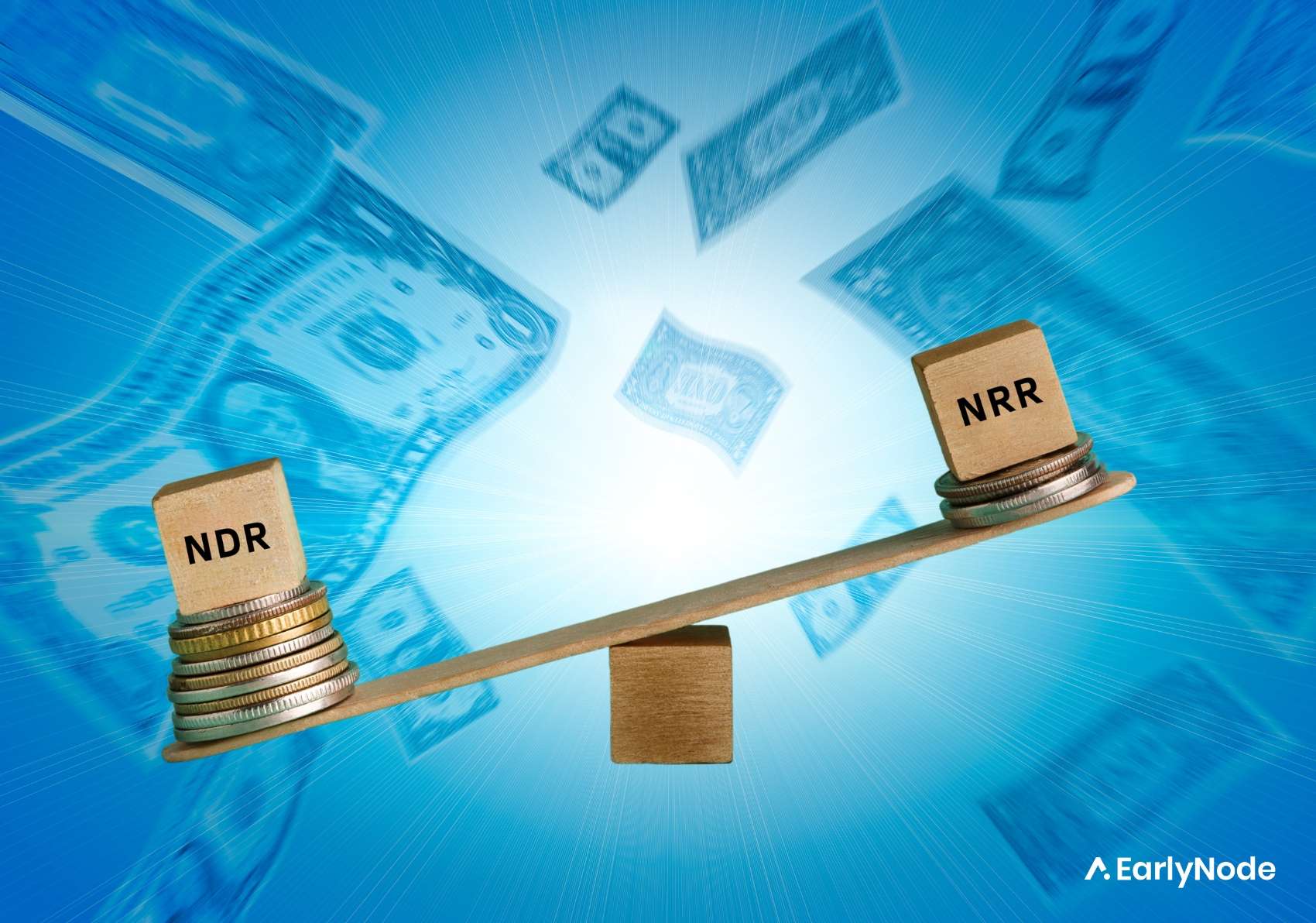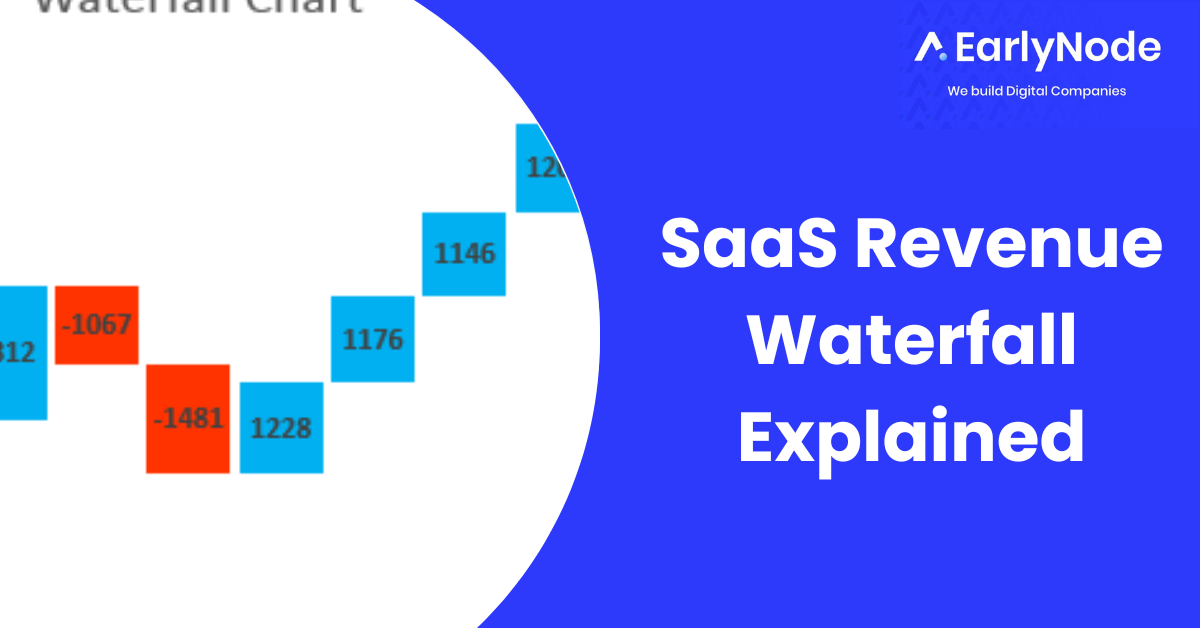Affinity Grouping for SaaS Teams
Ever wondered how Google, Facebook, and other tech giants come up with brilliant product ideas? The answer is simple: they use a process called “affinity grouping.” This blog post will explain affinity grouping and how SaaS teams can benefit from it.
What is Affinity Grouping?
Affinity Grouping, or Interest-Based Grouping, is an organized way of working that allows members to work together in groups based on common interests. In short, affinity grouping is a technique for generating new ideas by bringing together people with similar interests and allowing them to brainstorm together.
The beauty of affinity grouping is that it leverages the power of the collective. By pooling a group of people’s collective knowledge and experience, you can generate many great ideas you might never have thought of on your own. Plus, it’s a lot of fun!
What can you use affinity grouping for?
Affinity groupings can be used for several different purposes, from marketing to product development. In the product development arena, you can use affinity grouping to identify potential user groups for new products or features. Or your UI/UX team could discuss ways to improve your app to make it more appealing and engaging.
You know how there are moments your mind is blasted with brilliant ideas? Similar groups will help you channel all those thoughts into action points without having to suffer a migraine first.
By understanding these groups’ shared interests and characteristics, your company can more effectively develop products that meet your user’s needs. And you can do that while maximizing the time on the group’s priorities. The result? You become more productive and drive business success.
How to Do Affinity Grouping
There are a few different ways to do affinity grouping. The most common method is to simply bring together a group of people with similar interests and let them brainstorm together. Another popular method is to give each person a sheet of paper and a pen and then have them write down as many ideas as they can think of in a certain amount of time (usually 10-15 minutes).
Once everyone is done, you can go around the room and have each person share their ideas. Once you have all the ideas, you can start grouping them based on similarity. For example, if you’re doing affinity grouping for a new app, you might group all of the ideas that relate to messaging, all of the ideas that relate to social media, etc. Once you have your groups, you can start brainstorming ways to turn those ideas into reality.
Common challenges
One of the biggest challenges is that it can be difficult to manage a group of people. Managing affinity groups is like taking a group of kids on a road trip…to Disneyland – you can imagine how that’s a lot of work.
You also need a facilitator, someone to grab the reigns and get participants invested in it the right way. The facilitator must make sure that the meetings begin and end on time. Because some affinity groupings may last for hours, this is a difficult task. That’s aside from the difficulty in finding common interests among a group of people. This is especially true if the group is large or if the members are from different departments.
Getting people to share their views is challenging, and where ideas contradict, you’re faced with resolving conflicts. This can make it difficult to get to know each other and build trust. Finally, affinity grouping can sometimes lead to cliques and people feeling left out. Try to avoid these challenges; be aware of them, and ensure that everyone in the group feels included and important.
Conclusion
Affinity grouping is a great way to generate new ideas for your business. It’s simple, fun, and effective. Plus, it leverages the power of the collective to come up with ideas you never thought of on your own. When are you getting started? Share your experience with us.




